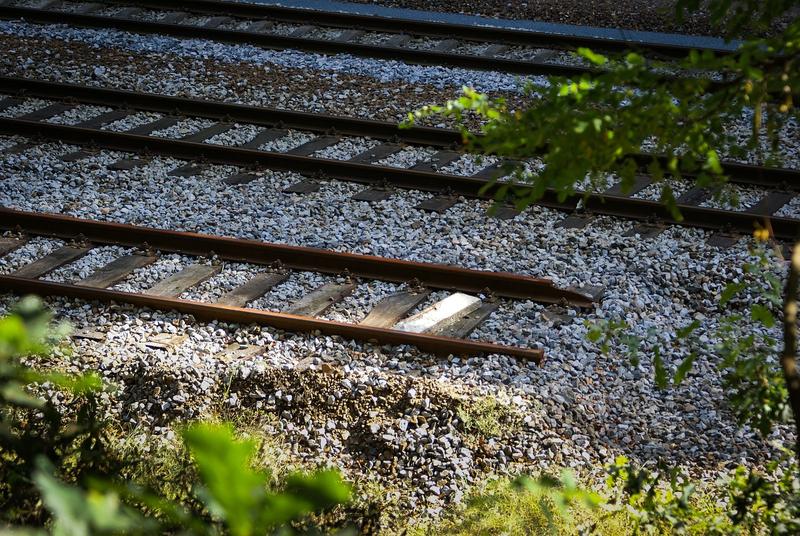Rerun stale migration in Rails

- What is a stale Rails schema migration
- How Rails knows which migration is already run
- How to get the stale Rails migration fixed
- How to see if a migration is run
- How to avoid getting stale migrations
If you are searching for a way to simply rerun a Rails migration, you can use the command rails db:migrate:redo VERSION=xxxxxxx or just rails db:migrate:redo to rerun the last migration. However, this post is not about that. It is about the case when this command does not work.
What is a stale Rails schema migration
Consider the following scenario. You are reviewing a pull request (PR) of your colleague.
That PR has a migration that adds a new table into the DB.
You run that migration to test the PR. The migration creates settings table.
You go to another branch and continue your work. But you’ve forget to reverse the migration so that it doesn’t mess up your local DB state.
Later, the PR gets this table renamed to user_settings. Finally, it gets merged.
Then you update the main branch and run migrations. Surprisingly, you’ve got changes in schema.rb.
Git shows that it wants to add settings and remove user_settings table.
You realize that you’ve run the migration that’s kinda stale now.
You try to roll this migration back with rails db:migrate:down VERSION=20220505072316 command. No luck:
ActiveRecord::StatementInvalid: PG::UndefinedTable: ERROR: table "user_settings" does not exist
: DROP TABLE "user_settings"
Dead-end? See how to cope with it.
How Rails knows which migration is already run
Rails has a special table in DB schema_migrations that allows to understand which migrations are already run.
Look at its structure inside DB console (jump into it with rails db command or use any other DB client).
This is the description of this table inside PostgreSQL:
~# \d schema_migrations
Table "public.schema_migrations"
Column │ Type │ Collation │ Nullable │ Default
═════════╪════════════════════════╪═══════════╪══════════╪═════════
version │ character varying(255) │ │ not null │
Indexes:
"unique_schema_migrations" UNIQUE, btree (version)
Whenever you run migration it inserts a new row into this table with column version equal to the timestamp of the migration file.
For example, a migration inside file 20220505072316_create_settings.rb inserts row with version=20220505072316.
Next time when you run migrations Rails checks if that migration file timestamp is already inside schema_migrations table.
If it’s not there, it applies the migration, otherwise skips it. That way rails db:migrate command guarantees idempotency.
How to get the stale Rails migration fixed
That knowledge gives us a glue on what to do. If delete that migration timestamp from schema_migrations we can run it again.
That will add user_settings table but won’t delete the stale settings table. But that’s not a big deal - we can do that manually in the DB console.
Once we do that rails db:migrate command won’t generate any diff anymore.
Run these commands within the DB console:
delete from schema_migrations where version = '20220505072316';
drop table settings;
Run rails db:migrate and make sure there are no changes on your schema.rb.
How to see if a migration is run
It’s time for some useful tip. Rails has a built-in rake task that shows status for all migrations - db:migrate:status.
Run this rails db:migrate:status in your terminal from the Rails application folder and you will see something like that:
database: myapp_development
Status Migration ID Migration Name
--------------------------------------------------
up 20220923211114 Initial
down 20230330161714 Create projects
After running the rails db:migrate:status command on my pet project, the output displayed two migrations along with their corresponding statuses. When a migration has a status of up, it means that it has already been executed. Conversely, when the status is down, it indicates that the migration has not been executed yet. If you run rails db:migrate, any migrations with a status of down will be executed.
How to avoid getting stale migrations
Not long ago, I implemented a solution aimed at automating tasks to prevent falling into the trap of stale migrations. This is where the actual_db_schema gem comes in. Please feel free to install and use it, and your feedback would be greatly appreciated. You can find more information about this gem in the Keep DB schema clean and consistent between branches](https://blog.widefix.com/actual-db-schema/) article.
